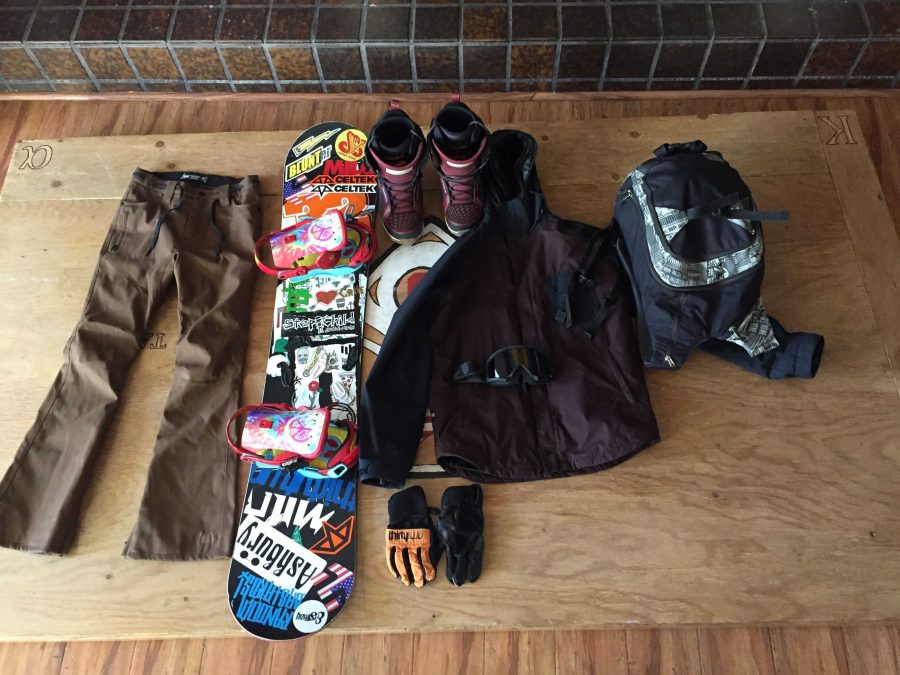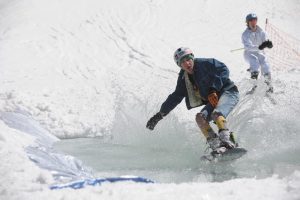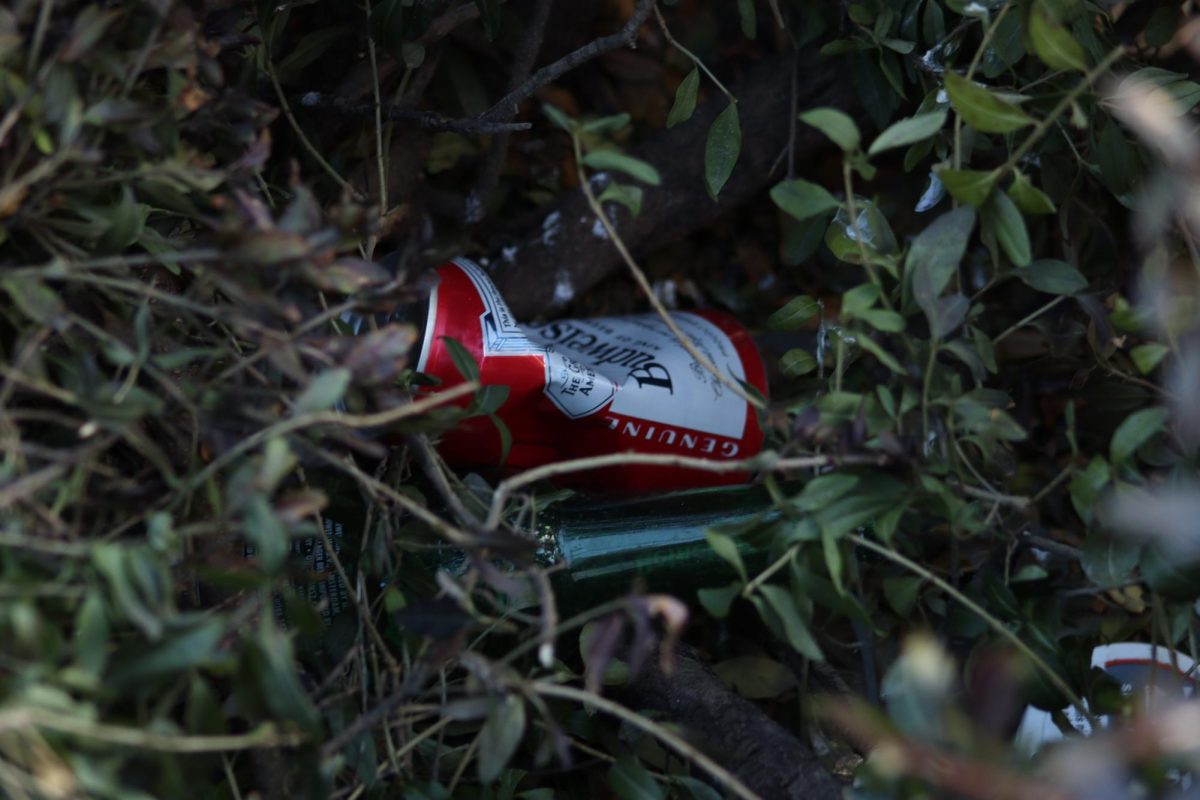Learning to Protect Your Ski Gear
February 28, 2019
With such a high cost associated with ski and snowboard gear, it is important that you learn to take proper care of your gear. While professional maintenance is readily available at local shops and on the mountains, self-maintenance not only is a far cheaper alternative, but also can teach you a great deal about the technicalities of your gear. Taking care of your gear can absolutely make it ride better, but on top of that it can prevent injuries on the mountain.
First and foremost, it is important to always double check all of your hardware, whether you are riding skis or a snowboard. Letting hardware get loose on your bindings could end terribly if one comes loose on the mountain, it’s always paramount to make sure that they are secured; after all, it only takes about two minutes to be sure.
The most common maintenance issue that people tend to think about is waxing their skis and boards. There are few things more frustrating on the mountain than feeling the snow grip your base and slow you down when you’re overdue for a wax. A wax done at a shop can cost between $10-20 each time. Meanwhile, with about $10 and a desire to learn, you can wax your gear multiple times using only one bar of wax in the comfort of your home. Of course, be careful to choose cold-temp, warm-temp or all-temp wax depending on the conditions where you’ll be riding.
Next up- edge tuning. Edge tuning is seldom considered by non-experts yet equally as important as waxing. Of course the way you ride is far more determinant on your edge tuning than it is on your hardware or waxing. If you’re interested in hard carving runs on hardpack snow, a razor-sharp edge is preferred. In this case, professionally done sharpening is your best bet. On the opposite end of the spectrum, for park riding, you’ll likely prefer a slightly detuned and dull edge to avoid catching edges on rails. This you can do yourself by slightly rounding off your edges with a household file, then shaving off any burrs in the edges using a gummy stone. Trust me when I say that detuned edges have saved me from injuries on park days numerous times.
Last but not least, proper storage can add to the lifespan of your gear immensely. This should be obvious but never store gear in your car overnight. This not only prevents your gear from drying entirely but makes it very susceptible to theft. Aside from keeping your gear in a safe place, it is important to always dry your skis or board at the end of the day. Leaving moisture on your skis or board can result in rusty edges as well as damage to the core if there are chips on the topsheet.
Proper maintenance and storage of your gear can prevent injuries and enhance performance all while keeping money in your wallet.









